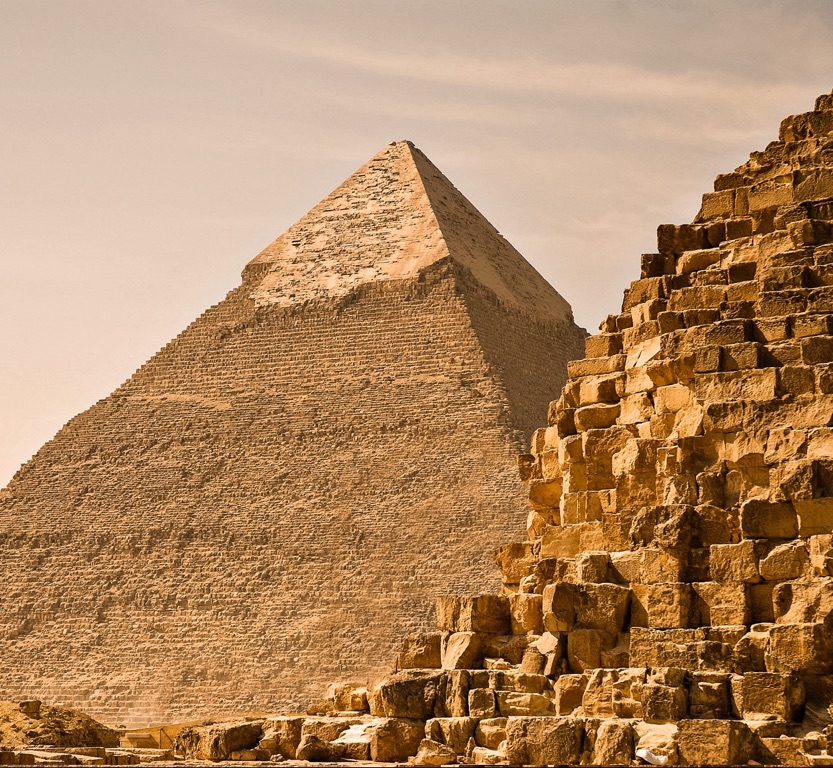The Egyptian Pyramids stand as a testament to the ancient world’s astonishing architectural achievements. These monuments, constructed over several millennia, symbolize the zenith of Egyptian funerary culture. They served as elaborate tombs for pharaohs, reflecting their power and the belief in an afterlife. The most iconic among these are undoubtedly the pyramids at Giza, with the Great Pyramid of Khufu holding the title of the last standing wonder of the ancient world.
The Ancient Egyptians
Ancient Egyptian Historical Sites and Ruins
Egyptian Mythology
Ancient Egyptian Artifacts
| Ankh Cross |
| Dream Stele |
Historical Figures
| Ramses II |
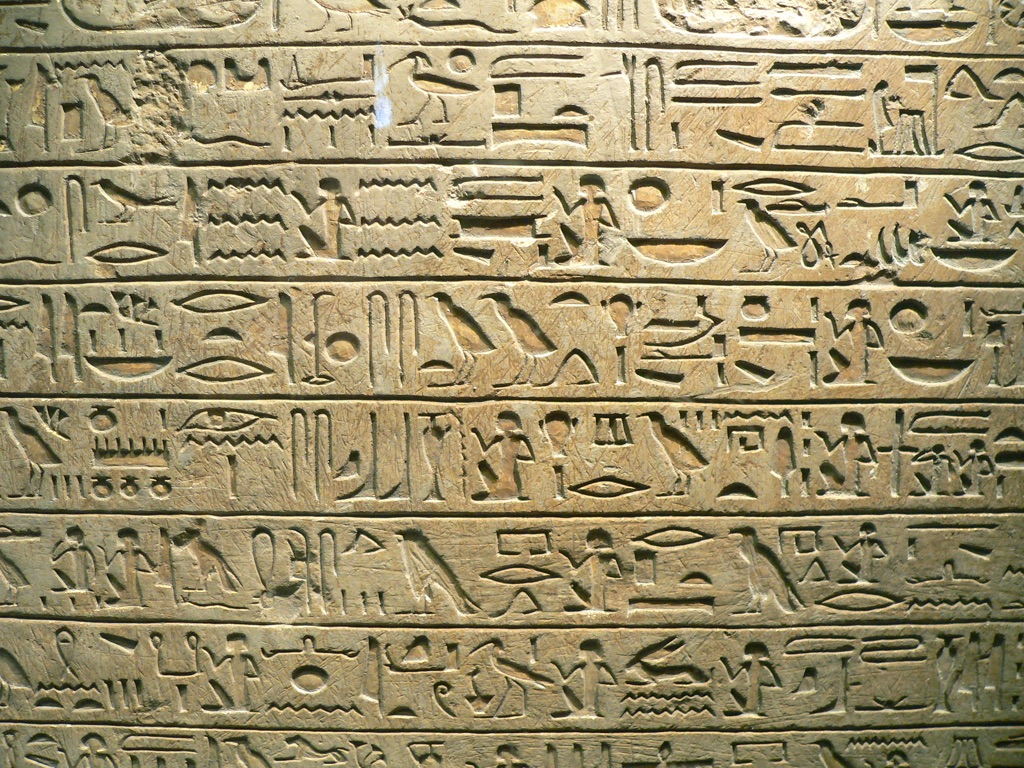
Deciphering the Past: Facts About Ancient Egyptian Hieroglyphics
Ancient Egyptian hieroglyphics stand as one of history’s greatest linguistic mysteries. These intricate symbols once served as the formal writing system for one of the world’s most advanced ancient civilizations. The symbols, a blend of logograms and alphabetic elements, graced the walls of majestic pyramids and tombs, holding sacred texts and royal decrees. For centuries, deciphering the language remained a challenge. The Rosetta Stone, discovered in 1799, became the key that unlocked the ancient script. It provided the much-needed bilingual text that allowed scholars to crack the code of hieroglyphics.
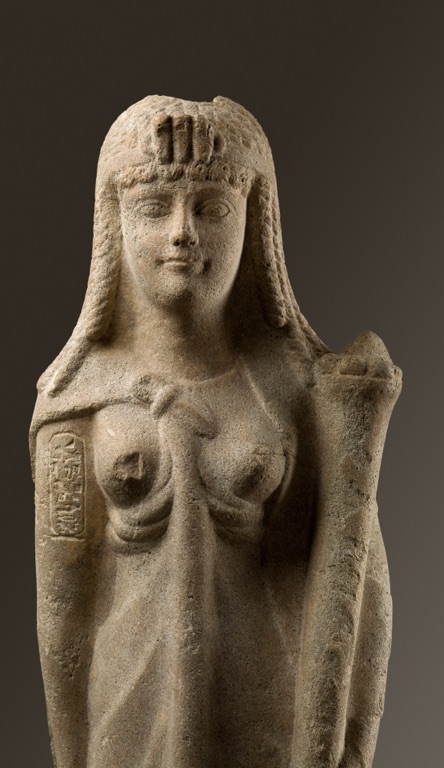
Cleopatra: The Last Pharaoh of Ancient Egypt
Cleopatra, the last active pharaoh of Ancient Egypt, personified power and intelligence. Her reign, from 51-30 BCE, marked the end of the Ptolemaic Kingdom. During her rule, she cultivated a relationship with Rome. This was by strategic alliances with influential leaders Julius Caesar and Mark Antony. Their relationships were crucial to maintaining Egypt’s independence during a tumultuous period of Roman expansion. Known for her wit and charm, Cleopatra was also respected for her intellect. She was well-educated in politics, diplomacy, and languages. Her political acumen was evident through her naval build-up and economic reforms. These bolstered Egypt’s economy. Moreover, Cleopatra embraced Egyptian religion and culture, identifying as the reincarnation of the goddess Isis.
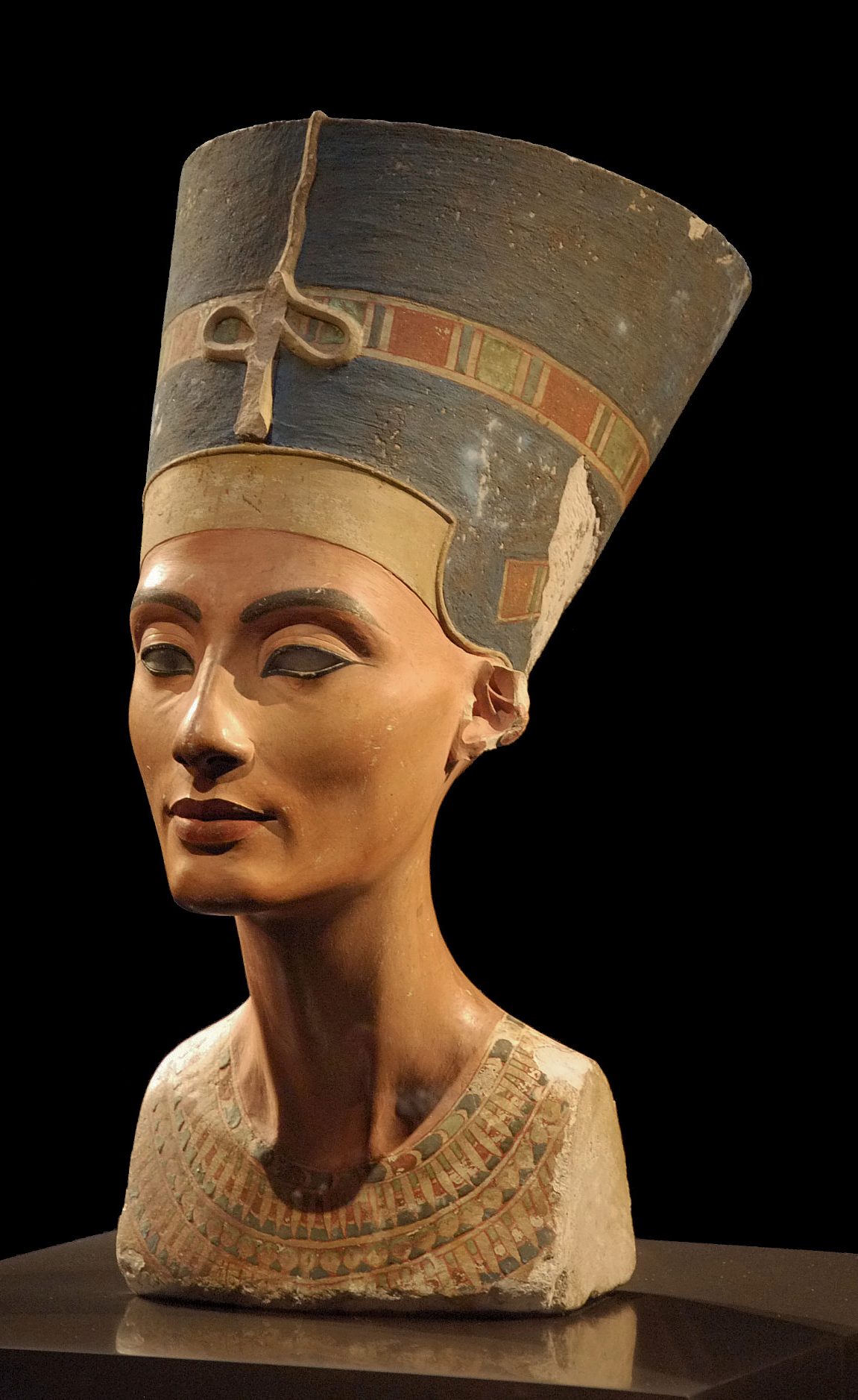
Nefertiti: The Mysterious Queen of Ancient Egypt
Nefertiti, the Great Royal Wife of Pharaoh Akhenaten, remains an enigma wrapped in the sands of ancient Egypt. Her reign, alongside Akhenaten, marked a revolutionary period with the worship of the sun disc, Aten, becoming the state religion. Known for her striking beauty, Nefertiti’s iconic bust has fascinated scholars and the public alike. However, her life story goes beyond her physical allure. Her influence was substantial in politics and religion during one of the most tumultuous times in Egyptian history. The couple’s attempt to reshape Egyptian culture is evident in art and architecture unearthed by archaeologists. Despite her prominent role, Nefertiti’s end is shrouded in mystery. Some believe she ruled as a pharaoh after her husband’s death, while others argue she vanished from historical records. Her tomb and final resting place are subjects of ongoing searches, fueling widespread interest and speculation about her life and legacy.
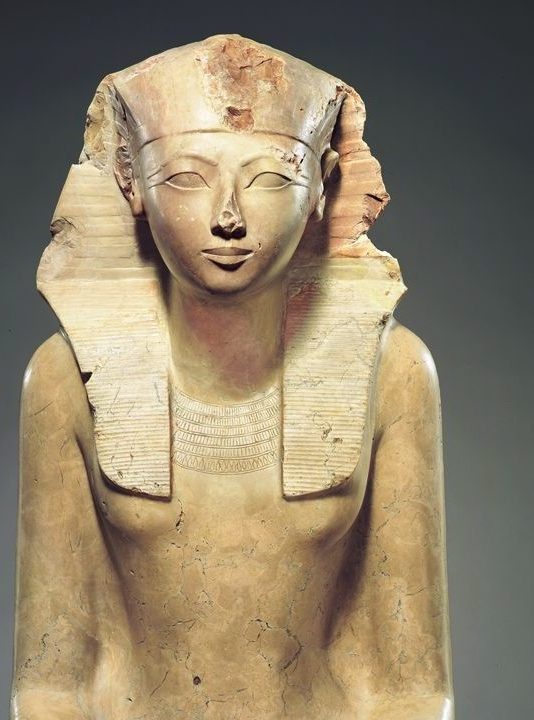
Hatshepsut: The Female Pharaoh Who Ruled Ancient Egypt
Hatshepsut emerged as one of ancient Egypt’s most remarkable figures, ascending to power during the 18th Dynasty. Her rule began as regent to her stepson, Thutmose III, but she soon took on the full mantle of pharaoh. Hatshepsut was unique in how she portrayed herself in statues and paintings—with royal regalia and a false beard, traditionally reserved for male rulers. She proved to be a shrewd leader, fostering trade and reviving the wealth of Egypt. Her reign was marked by peace and she oversaw significant architectural projects. Hatshepsut’s temple at Deir el-Bahri stands as a testament to her legacy, blending elegant design with her devotion to the goddess Hathor.
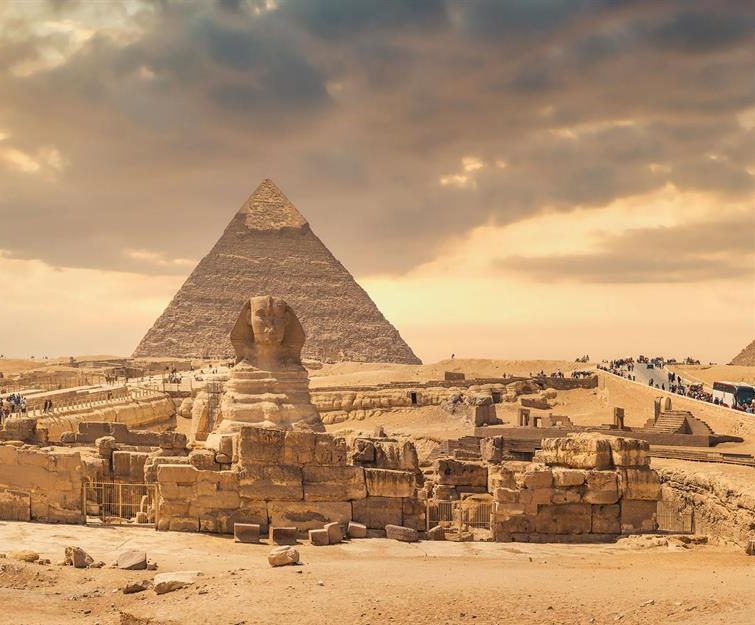
The Fall of a Civilization: Causes Behind the Decline of Ancient Egypt
Understanding the fall of Ancient Egypt requires delving into complex causes. Invaders disrupted the land of the Pharaohs repeatedly. These outsiders brought not just war, but also social and economic turmoil. Climate shifts played a role as well, with droughts and floods weakening the once-fertile Nile Delta. Political strife from within tore at Egypt’s unity, and power struggles often led to unstable rule. The priesthood’s growing influence further drained the royal authority, creating a power vacuum.

